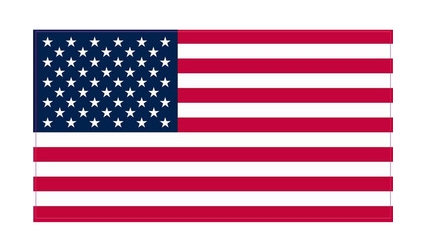Lee Yuehua - Spinal cord injury (America) Posted on December 11, 2012
 Name: Lee Yuehua
Name: Lee Yuehua
Sex: Female
Country: America
Age: 57
Diagnoses: 1.Spinal cord injury (SCI), 2.Urinary tract infection, 3.Bedsore, 4.anemia
Admission Date: October 26, 2012
Days Admitted to Hospital: 29 days
Before treatment:
The patient was in a car accident which resulted in injury of C5, C6 and C7 5 years ago. The patient presented with quadriplegia of the four limbs and anesthesia. She also suffered from gatism and difficulty in breathing. The patient received fixation and cystostomy. The patient had tracheal intubation and ventilator for breathing. The cervical vertebra received X-line and a MRI re-check 2 months later and the result showed the C5, C6 and C7 closed up well. The MRI of the neck showed she had spinal cord injury. 4 months later, the patient's respiratory function was restored gradually. The tracheal intubation and ventilator were removed. The patient still had movement disorder and anesthesia. She had gatism. She was weak to spit. She also had obvious postural hypotension. The patient received autologous stem cell therapy in Shanghai, but the results were not good. She suffered from repeated anemia, bedsore in hips and turbid urine.
Admission PE:
There was a bedsore on the left buttock's ischial tuberosity, the size was about 3cm*4cm*4cm. The surface of the bedsore was fresh, with no exudation or obvious secretion. There was a white scar in the sacrococcygeal region, the size was about 1cm*3cm. There was a cystostomy in the hypogastrium.
Nervous System Examination:
Lee Yuehua was alert. She was in weak spirits. The speech was clear and distinct. The memory, calculation abilities and orientation were all normal. Both eyeballs could move freely and the pupils reacted normally to light stimulus. The forehead wrinkle pattern was symmetrical. The tongue was centered in the oral cavity. The neck had flexible movement. She had weak muscles to turn the neck or shrug shoulders. The muscle strength of the right upper limb's musculus flexor was level 4-, the muscle strength of right upper limb's extensor was level 2. The muscle strength of left upper limb's musculus flexor was level 3-, the muscle strength of the left upper limb's extensor was level 3. The muscle strength of all the fingers was level 0, the muscle strength of both lower limbs was level 0. The muscle tone of the four limbs was slightly low. The tendon reflex of the right upper limb was active. The tendon reflex of the left upper limb was normal. The patellar tendon reflex and Achilles tendon reflex of both lower limbs was disappeared. The abdominal reflexes were disappeared. The Babinski sign of both lower limbs was positive. There was hypalgesia in C6-C8, T1 and T4. There was analgesis below T4. The fork vibration sense in bilateral T3-T7 was slowed down. The fork vibration sense had disappeared below T7. She was unable to do the finger-nose-test and the rapid rotation test. She was unable to finish the heel-knee-shin test. The meningeal irritation sign was negative.
Treatment:
We initially gave Lee Yuehua a complete examination and she was diagnosed with a spinal cord injury. We proceeded with the nerve repair and nerve regeneration. She also gave treatment to nourish nerve, improve the blood circulation in order to increase the blood supply to the damaged neurons and to control the infection. This was combined with daily physical rehabilitation training.
Post-treatment:
Feeling sensation: the abnormal sensation of the neck and back has disappeared. The sensation of bilateral cervical vertebra 6 and 7 segment has recovered more than before. The deep and shallow sensation in the chest segment has extended 1-2 segments. Plant nerves function: The postural hypotension has almost been corrected. At present, there is no dizziness or sweating. The abdominal distension and gastrointestinal pneumatosis has been alleviated. She has a better appetite. Movement: The fingers of both hands have light activity. Especially the thumb has obvious kneading. The tension of articulationes digitorum manus is reduced than before. The muscle strength of both upper limbs' extensor is stronger than before. The muscle strength of the right upper limb's extensor is level 3-. The muscle strength of the right upper limb's extensor is level 3. The muscle tone of both lower limbs has seen some recovery. Bilateral patellar tendon reflex and achilles tendon reflex are elicited. The left side is more obvious than the right side. Both lower limbs has more muscle contraction movement and the patient has feeling when the muscle moves. The pathological sign of both lower limbs tends to be negative. Bedsore: with a change of dressing every day, the size and depth of the bedsore is reduced. At present, the size is about 2cm*3cm*3cm.
